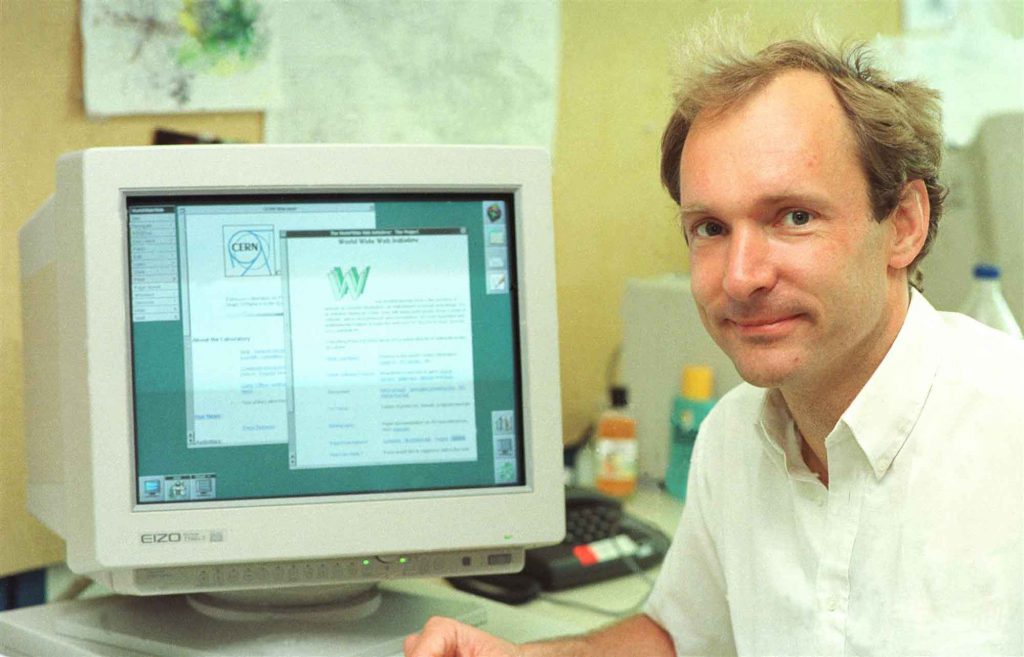

My article in the Internet Newsletter for Lawyers January 2018 issue:
The inventor of the web, Tim Berners-Lee, and others advocated that the underlying code for the web should be made open – publicly available on a royalty-free basis, forever. His employer, CERN, concurred and announced this in April 1993, thus sparking a global wave of creativity, collaboration and innovation on a scale not seen before.
Open web principles
The revolutionary ideas that drove the early web included:
- There should be no central control of the web.
- Non-discrimination. The equitable principle, known as net neutrality, which holds that we are all entitled to the same level of service over the internet.
- Bottom-up design. Code should be developed openly rather than by a small group of experts.
- All computers on the web must speak the same language.
- Consensus. Web standards must be settled and agreed by all.
These ideas gave rise to new approaches in diverse fields, including Open Data, Open Government, Open Access and Free Culture.
Although the term “open web” is frequently used, it appears that it is nowhere succinctly defined. Mark Surman of the Mozilla Foundation refers to it as “a sweeping term – it encompasses technical concepts like open-source code and open standards. It also encompasses democratic concepts like free expression and digital inclusion. But there’s a single underlying principle connecting all these ideas: An open web is a web by and for all its users, not select gatekeepers or governments.”